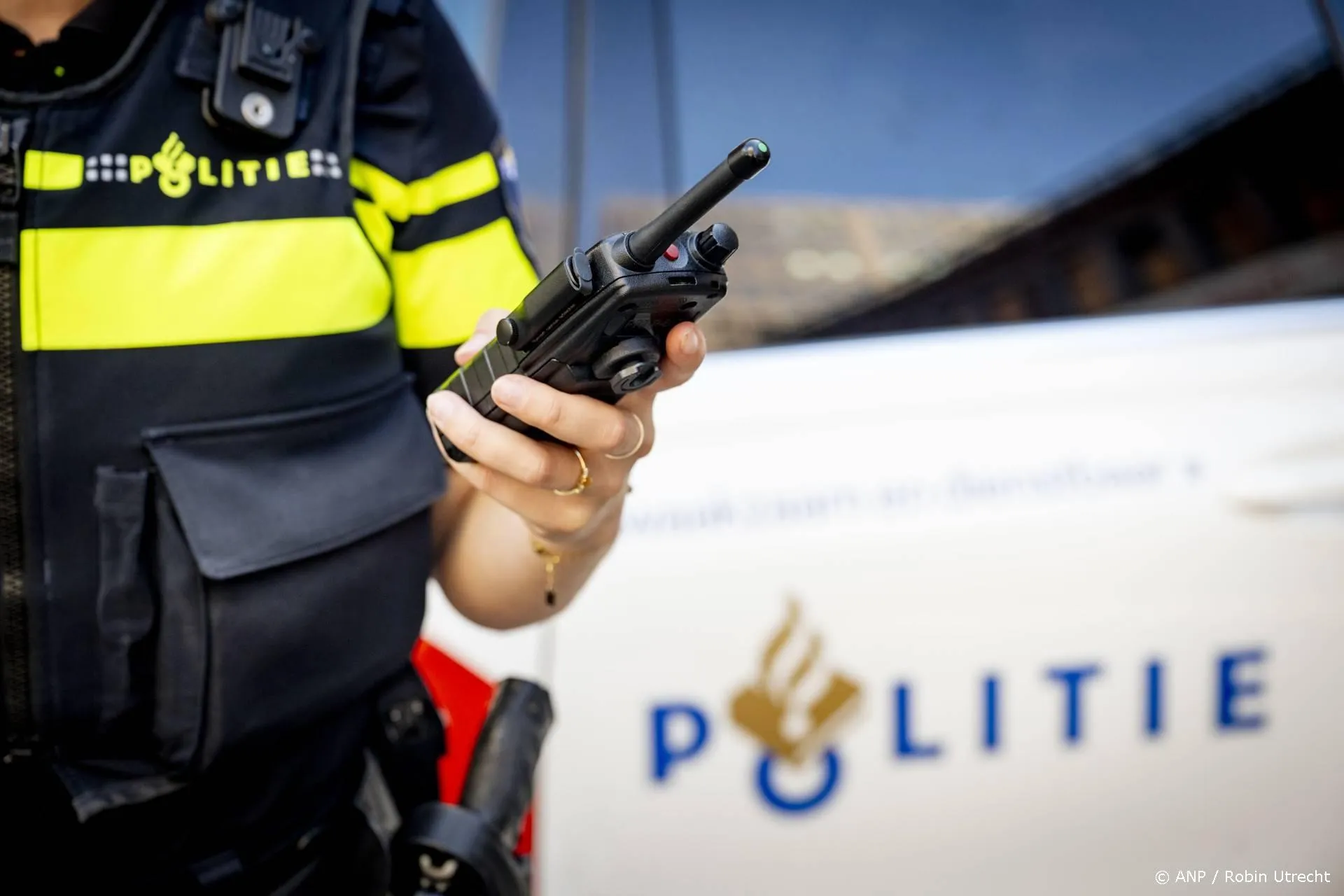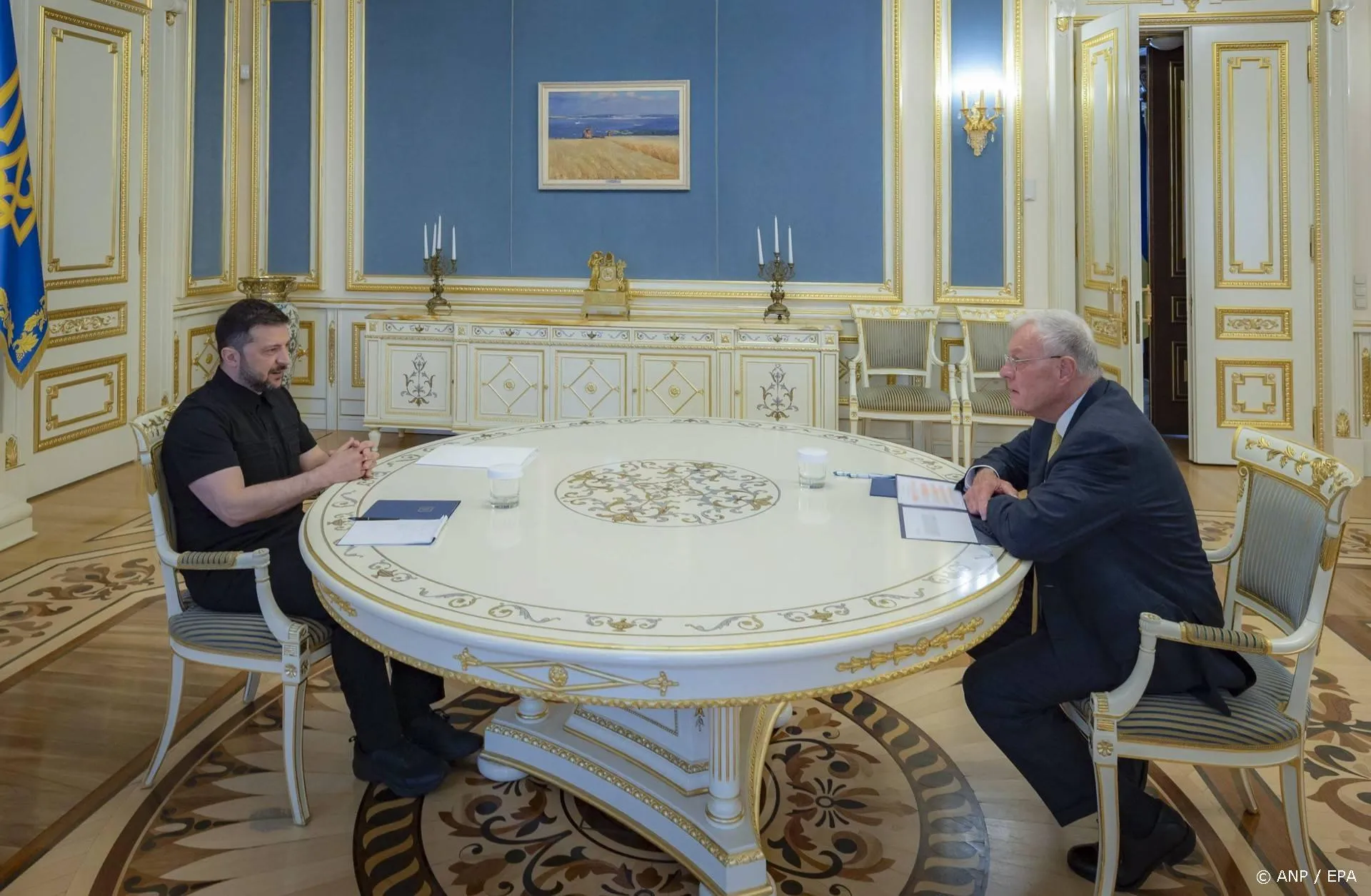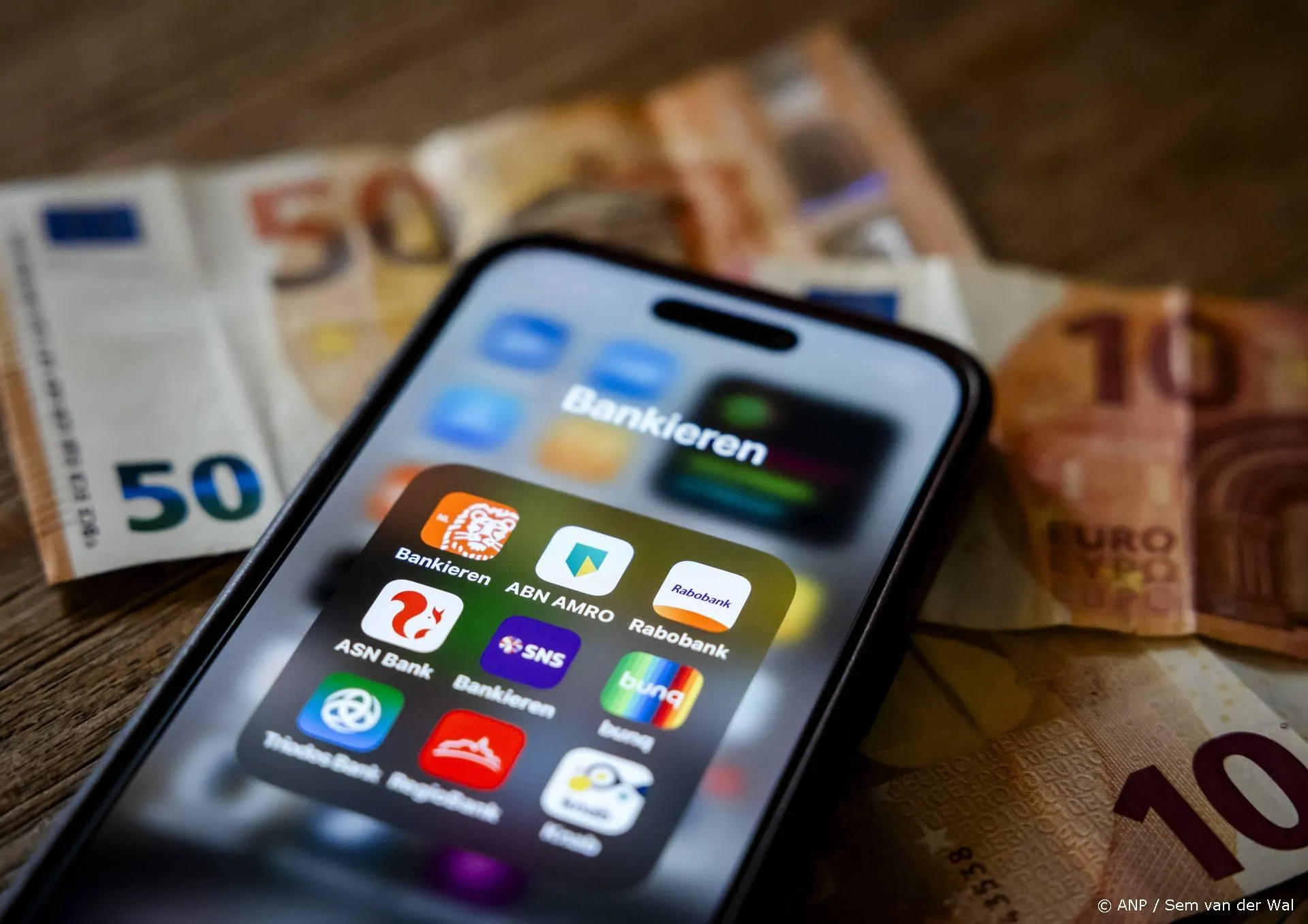Indrukwekkend filmepos over invloed van klimaat op menselijke beschaving
Onder de titel, 'Klima macht Geschichte', zond de ZDF op 11 en 18 januari een prachtige documentaire in twee delen uit.
Onder de titel, 'German Television Shocks … Outstanding Documentary On Historical Sudden Climate Changes Driven By Natural Factors, wijdde Pierre Gosselin daaraan een uitvoerige beschouwing.
Als het om klimaatverandering gaat, worden we door de media voortdurend getorpedeerd met apocalyptische verhalen dat de mens verantwoordelijk is voor die verschrikkelijke opwarming van de aarde (die maar steeds niet wil komen). Deze documentaire vertelt een gans ander verhaal. Zij toont de allesoverheersende natuurkrachten die klimaatverandering veroorzaken. En dat kan heel plotseling gebeuren.
De veranderingen die in het verleden hebben plaatsgevonden hebben een een beslissende invloed gehad op de opkomst en ondergang van menselijke beschavingen. Deze ontwikkelingen staan in schril contrast met de naïeve opvatting dat het klimaat min of meer stabiel was voor de industriële revolutie. Deel 1 behandelt de periode vanaf de laatste grote ijstijd tot het Romeins Rijk, ongeveer 2000 jaar geleden. Deel 2 behandelt het 'warmteoptimum' van de Romeinse periode tot de dag van vandaag.
Ik pik een aantal krenten uit de beschouwing van Pierre Gosselin.
At the 3.30 mark we see a planet deep into an ice age, with northern Europe covered in ice and sea level over 100 meters below today’s levels. The species best suited to take the cold during this period was the meat-eating Neanderthal.
At the 6:20 mark the documentary points out that the climate changes dramatically, and that the main driver of the ice ages is the sun, principally the Milankovitch cycles. But also the ocean currents play an important.
Some 17,000 years ago, the earth’s position relative to the sun led to a thawing, with warm and moist conditions taking hold, allowing civilization to eventually prosper, especially though the development of agriculture, which allowed humans to specialize. ...
Some 17,000 years ago, the earth’s position relative to the sun led to a thawing, with warm and moist conditions taking hold, allowing civilization to eventually prosper, especially though the development of agriculture, which allowed humans to specialize. ...
But at about this time, a major catastrophic event was developing in North America. A huge sea on the continent created by melting ice sheets broke through a barrier of ice and flowed like a tidal wave into the Atlantic at about 6200 BC (19:35)…(see graphic at 20:05 mark). This event disrupted the North Atlantic current and caused yet again another major climate disruption. Europe plunged into any icy phase and the Middle East cooled and entered a protracted period of drought – causing Middle Eastern and North African societies to collapse and unleashing a wave of “climate refugees” to Europe and Asia.
At the 24.30 mark we see that at about 6000 BC the Sahara was green and human life flourished, as evidenced by paintings uncovered by archeologists. The Sahara, the documentary says, was a savannah rich with wildlife. ….
All of that came to an end, however, because of “sudden” natural climate change about 7000 years ago – caused by a tilting back of the earth, the documentary says.
At the 28:00 mark archeologists studying human remains dated the green Sahara downfall at 3500 BC. Drought and expanding deserts were not restricted to the Sahara, but they also expanded across the globe, the documentary tells us at the 28:40 mark (see yellow areas on the graphic at the 28:57 mark)…The documentary says it was “caused by a slight shift in the earth’s axis”. As a result once again history witnessed huge exoduses of “climate refugees”, especially to the Nile River region, where the technology of irrigation was eventually developed (30:30) and the great Egyptian civilization was born. Not only Egypt prospered during the Bronze Age (3000 – 2000 BC), but so did many other civilizations (33:40 mark).
So prosperous were the warm times of the Bronze Age that many societies worshipped the sun (34:45).
But the prosperity of the Bronze Age also crashed at about 1200 BC (35:25) as marauding armies pillaged and plundered wave after wave. What was the cause of the Bronze Age collapse and all the war? At the 36:15 mark the documentary looks at some scientific theories, showing that it may have all been sparked by a climate change.
That means that at 1200 BC, there was no longer any heavy precipitation in the Mediterranean region. A period of drought took hold over the entire region.”
Likely a climate anomaly was to blame. The world’s climate reached the coldest temperature since the end of the ice age. Precipitation dropped off massively.”
The cold period after the Bronze Age persisted for hundreds of years. The documentary tells how the cold eventually dissipated at about 350 BC, giving way to warm temperatures and more precipitation (41:00) and thus transforming the Middle East and North Africa into “a paradise of crops” – all culminating with the Roman Empire … “The climate was optimal“. It was warm – even warmer than today.
Ad deel 2. Lees verder op pagina twee.
At the 4:30 mark the documentary tells us that glaciers in the Alps melted and allowed the Romans to expand their empire all the way to Scotland. The warm period also took hold globally, …. and was not a regional phenomena. The ZDF documentary shows at the 5:40 mark how the Chinese Empire blossomed at around 200 BC. All thanks to the sun.
Finally at the 8:24 mark German researcher Gunther Hischfelder of the University of Regensburg tells that the Romans eventually ran into an enemy they even could not vanquish: “Over the long-term there was one opponent that became so strong that even the Romans could not conquer it, and that was climate change.”
Surprisingly at the 8:38 mark, the ZDF documentary tells viewers something that has long been taboo in Germany:
Every climate change is controlled from outer space. It depends on the earth’s orbit around the sun, the tilt of its axis and on the predominant solar activity. After the change in times the solar activity was probably weaker and the Gulf current delivered less heat.” ...
As the cooler temperatures began to take over during the Roman period, catastrophic droughts took hold and crop failures led to starvation. …
This dark period was exacerbated further by the mega-eruption of llopango in El Salvador (13:02), which led to written records of extreme cold and darkness in the year 536 AD.
[In 800 AD] … the sun is at a maximum activity. It’s irradiance especially strong. The blue planet gradually begins to heat up.”
The warmth, the documentary says, “opened up the Arctic from North America to Europe” and allowed explorers to venture out and the Vikings to settle in “an almost ice-free” Iceland and in Greenland (25:30) 1050 years ago. Lief Ericson reached Newfoundland at about the year 1000 AD (26:30). In Europe the warming took hold with a vengeance. The documentary says at the 26:50 mark:
On average the temperature was 3°C warmer than the years before.”
Europe was transformed into a rich bread-basket (27:20). The weather was once again stable and planning was possible. ...
The creation of cities was a response to climate change and provided the spark for a take-off for human history, an explosion in culture and civilization, and is thus the reason it is the cornerstone for the creation of our modern world.”
All thanks to the Medieval Warm Period (MWP), which was as warm and even warmer than today. At the 29:50 mark we see that “three quarters of Germany’s cities were created during the Medieval Warm Period”. Growth exploded all over Europe. By the year 1250 AD, “Europe’s societies were as strong as never before” (31:35).
At the 32:00 mark the documentary looks at the beginning of the end of the MWP: “In the second half of the thirteenth century it got markedly colder in Europe“. The reason was a number of erupting volcanoes at various locations around the globe, the documentary says (32:10) that it cooled the global climate for almost 500 years. So according to the ZDF, the sun stopped playing a role in climate change 800 years ago. Strange that all the other climate changes before that, the sun was always to blame.
No matter what the real reason for the post MWP cooling may have been, the ZDF tells us that it was warm during the Medieval Warm Period and that it then cooled substantially after 1300 AD. That de facto refutes the bogus claims of a steady climate made by Michael Mann.
In fact, the ZDF documentary calls the Little Ice Age, which had a solid lock on Europe by the year 1500 AD, “the longest cold period since the last ice age” (33:15). And there’s a huge magnitude of literature available from the times clearly documenting the extreme weather and hardship endured by Europe during this time. Here old records describe extreme storms and harsh weather, crop failures, starvation, pestilence and widespread death (36:00). In just 100 years, the population reduced by one third. Fear gripped the continent and sorcerers were blamed (36:50). (Sound familiar?) 60,000 people were burned at the stake for “cooperating with the Devil” in brewing bad weather. Today we have crazed lawyers wanting to put industries on trial for the same thing.
Clearly the ZDF documentary tells us that cold periods are disasters, and warm ones, like the one we are witnessing today, are hugely advantageous.
Deze voortreffelijke documentaire eindigt echter met een bizar slot.
Mark Maslin at the end puts the icing on the cake, making a totally insane comment at the 42:30 mark where he proclaims that man actually now has the chance to take control of the climate – away from the sun, oceans and other forces of nature. Try not to burst out laughing:
We are now at the point where we can decide what the climate of the future will look like. When we as a world community, all nations working together, are able to really prevent global warming, that would be fantastic. That would be the first time that the climate doesn’t control us, but rather us would control it. We can make sure that all future generations will have a stable climate.”
Wow! Just pay them indulgences. Apart from Maslin’s and the ZDF’s sheer nonsense in the last two minutes, an excellent documentary on the climate since the last ice age.
Aldus Pierre Gosselin.
Lees en bekijk verder hier.
Fascinerend! Een aanrader!
Voor mijn eerdere DDS-bijdragen, zie hier.
Ga verder met lezen
Dit vind je misschien ook leuk
Laat mensen jouw mening weten
Plaats reactie




